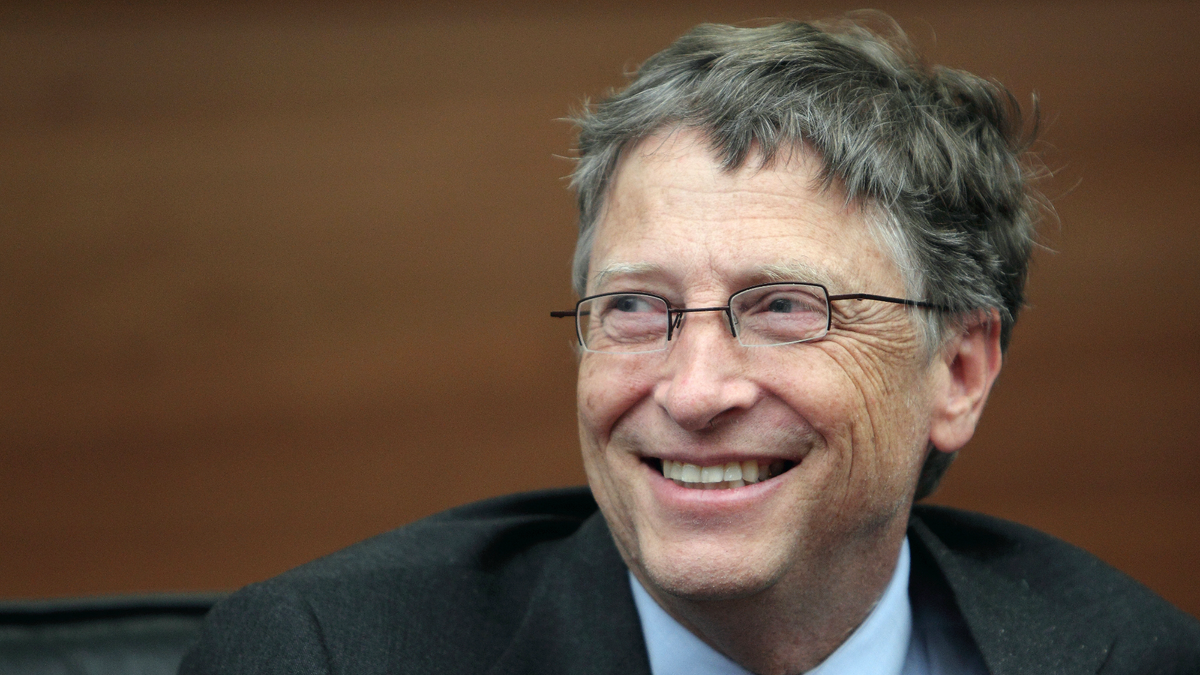The simple exercise used by top leaders to ease life’s turbulence
Mindfulness is deceptively simple but devastatingly effective – so how do you make it a daily habit?

Mindfulness is big in business. Bill Gates swears by it, and Google, Nike and KPMG have been investing heavily in it for years. German company SAP measures its ROI at a whopping 200 per cent.
But if the mention of mindfulness brings to mind images of people meditating cross-legged on the floor, think again. It's more of a habit you can cultivate throughout the day that’s not just for new-age types, but also for effective executives.
A buffer against turbulence
At a personal level, practising mindfulness can help you to perform better in stressful situations. One way it helps is by acting as a buffer against interruptions and "turbulence" in the workplace.
It might feel counter-intuitive to take a "purposeful pause" when you're under the pump, yet this is precisely the time you benefit most. Mindfulness can also help you transition between work and home, sleep more easily, nurture personal relationships and guard against stress and burnout.
The benefits of mindfulness last beyond the moments you practise it. Brain scans show meditation creates physical changes in the brain. In other words, just as physical training shapes your body, mindfulness training shapes your brain.
What it is, and isn’t
For Bill Gates, mindfulness is: “Taking a few minutes out of my day, learning how to pay attention to the thoughts in my head, and gaining a little bit of distance from them.” Writing on his blog, Gates says he previously thought of mindfulness as a bit "woo-woo", but these days he swears by it.
"I now meditate two or three times a week, for about 10 minutes each time … now that I’m married, have three children, and have a broader set of professional and personal interests, it’s a great tool for improving my focus.”

Another way to describe mindfulness is bringing your full, conscious attention to the here and now. Importantly, there is no judgment or criticism of what you notice. It’s as simple, and as difficult, as that.
Accessible activities
Taking a meditation class or colouring in a mandala are certainly paths to mindfulness. But there are other mindful exercises you can do anywhere, any time.
A real coffee break: mindfulness can be as simple as actually tasting your coffee. Instead of absentmindedly chugging it back, try savouring the aroma, the taste, and the feel in your mouth. For best results, put down your devices.
Mindful walking: it's as easy as a walk in the park, and almost the same thing. Mindful walking brings the body and mind in sync. Simply keep your attention on the rhythm of your steps, and the sights and smells around you. Try it at the airport, or when you’re exploring near your hotel.
'Body scan': Not the security device at the airport. Sitting comfortably, close your eyes. Pay attention to everything you can feel, starting with your feet. For example, feel your feet in your shoes. Do you notice warmth, heaviness, lightness, pressure? Then move up to your ankles. What do you feel? Continue slowly up your body until you reach your scalp. If you like, you can put a timer on for, say, five minutes while you do the body scan.
Mindful listening: when you pay attention to absolutely everything you can hear, you’ll be surprised how much more you notice. You can do this with eyes closed on the plane, in a taxi, at the back of a conference room or in your hotel room. However, it's especially restorative when you’re outside. You may like to count the sounds you identify.
Window break: how often do you actually look out your office window? When you’re chained to your desk, using a 30- or 40-minute timer can do wonders. When it goes off, simply move your focus to look out the window and truly see what’s there. (Your eyes will thank you for the break, too.)
Guided mindfulness: of the mindfulness apps that abound, some of the best are Headspace (a "gym membership for the mind"), Calm (offers meditations with a variety of durations), Smiling Mind (also available in Virgin Australia’s inflight entertainment), and Stop, Breathe & Think (provides meditations to suit your current mood).
To embed mindfulness in your day, it helps to piggy-back your chosen exercise to something you already do. For example, a mindfulness app might be the last thing you spend time on before stowing your devices for the flight. A body scan might be part of your routine when you’re waiting for a meeting.
Like everything else, mindfulness requires practice. A few minutes is a small part of your day, but with regular practice the benefits will steadily mount up.




Qantas - Qantas Frequent Flyer
23 Sep 2017
Total posts 164
I'm sure Bill Gates needs a psychological strategy in order to stop thinking about the amount of $$ he's raking in every minute.
18 Aug 2015
Total posts 55
I thought mindfulness is a bit of a joke, but then my work place is a peaceful one where I do the above every second anyway so I don't need it. Bill probably does though
17 Oct 2017
Total posts 15
Loved this article, I would love to see more like this from you.
Hi Guest, join in the discussion on The simple exercise used by top leaders to ease life’s turbulence